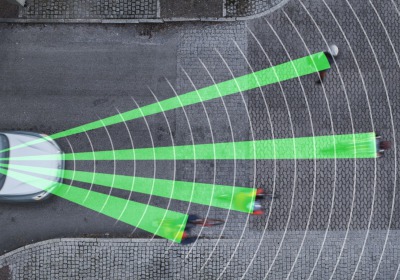'Talking cars' in US safety drive
Tue, 04 Feb 2014NEW CARS and light trucks may be fitted with technology that lets vehicles communicate with each other in a bid to avoid deadly crashes.
A radio beacon would continually transmit a vehicle's position, heading, speed and other information.
Cars would receive the same information back from other vehicles, and a vehicle's computer would alert the driver to an impending collision. Some systems may automatically brake to avoid an accident if manufacturers choose to include that option.
The National Highway Traffic Safety Administration in the US has been working with carmakers on the technology for the past decade, and estimates vehicle-to-vehicle communications could prevent up to 80% of accidents that don't involve drunken drivers or mechanical failure.
The technology holds the "game-changing" potential to prevent crashes in the first place, while the government's focus until now has been on ensuring accidents are survivable, David Friedman, the head of the safety administration, said at a news conference.
However, it will still be a least several years and perhaps longer before manufacturers would have to put the technology in vehicles, officials said.
Government officials declined to give an estimate for how much the technology would increase the price of a new car, but the transportation society estimate it would cost about 100 to 200 US dollars (£60 to £120) per vehicle.
Carmakers are enthusiastic about vehicle-to-vehicle technology, but feel there are important technical, security and privacy questions that need to be worked out first, said Gloria Bergquist, a spokeswoman for the Alliance of Automobile Manufacturers.
Vehicle-to-vehicle "may well play a larger role in future road safety, but many pieces of a large puzzle still need to fit together," she said.
It takes many years to turn over the nation's entire vehicle fleet, but the technology could start preventing accidents long before that. Research indicates safety benefits can be seen with as few at 7% to 10% of vehicles in a given area similarly equipped, said Paul Feenstra, a spokesman for the transportation society.
By Press Association reporters



